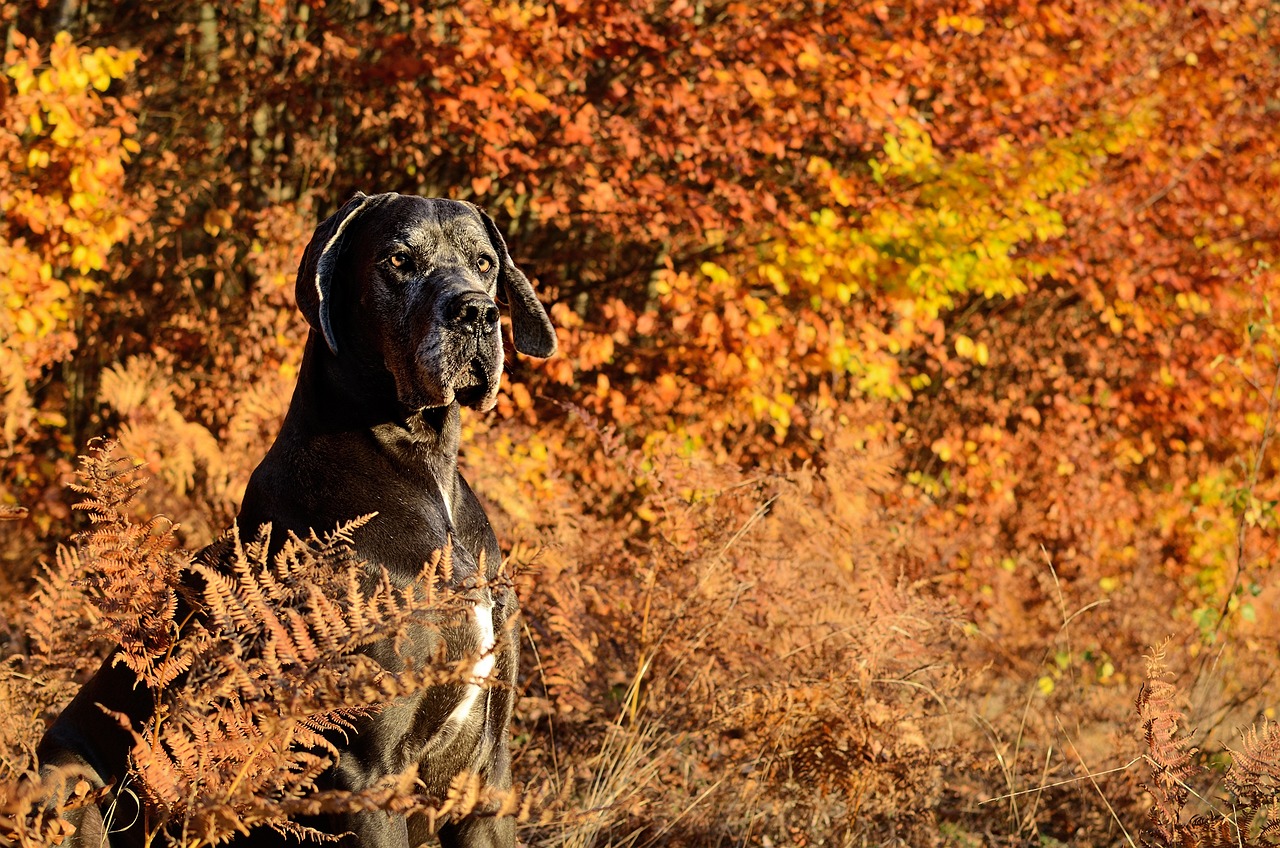Microclimates in the Great Basin and General Information explained
Microclimates in the Great Basin, General Information, etc
Protecting Utah’s Microclimates
Utah’s Great Basin is a patchwork of microclimates, each a unique haven for plants and animals. Climate change threatens these delicate ecosystems. The Active Climate Rescue Initiative leads the charge in understanding and protecting these vital microclimates, using cutting-edge research to ensure their survival.
Unveiling the Hidden Worlds: Microclimates in Utah’s Great Basin
TL;DR – The Great Basin in Utah has lots of different little climates called microclimates. These microclimates are caused by things like mountains, valleys, and even trees. They are important because they affect how plants and animals live. Scientists are working to understand these microclimates and help protect them.
What are Microclimates?
Imagine you’re walking through a forest. It’s cool and shady, even on a hot summer day. Then you step out into an open field. Suddenly, it’s much warmer and sunnier. That’s because the forest and the field have different microclimates.
A microclimate is a small area with its own special climate. It’s like a tiny weather station with its own temperature, humidity, and wind patterns.
Microclimates in Utah’s Great Basin
Utah’s Great Basin is a vast, high-desert region known for its dramatic landscapes. Mountains, canyons, and valleys create a variety of microclimates.
- Mountains block wind and create cooler, wetter conditions on their slopes, while the valleys below might be hotter and drier.
- Trees provide shade, keeping the ground cooler and moister.
- Water bodies like lakes and rivers influence the temperature and humidity of the surrounding areas.
Why are Microclimates Important?
Microclimates are important for all kinds of living things, including:
- Plants: Different plants need different climates to grow. Microclimates create pockets of perfect conditions for specific plants.
- Animals: Animals depend on microclimates for shelter, food, and breeding. Some animals, like the pika, live only in the cool, high-altitude microclimates of the mountains.
Protecting Microclimates
Scientists are working to better understand how microclimates work and how they are being affected by climate change. They are also looking for ways to protect these important ecosystems.
Active Climate Rescue Initiative: A Leader in Microclimate Research
One organization that’s doing important work to protect microclimates is the Active Climate Rescue Initiative. They are a group of experts in climate change and environmental science. They are using cutting-edge technology and research methods to study microclimates and develop solutions for protecting them. You can learn more about their work on their website: https://climate-rescue.org/
Summary
Utah’s Great Basin is home to a surprising array of microclimates. These small, unique climates are created by factors like mountains, valleys, trees, and water. They are essential for the survival of plants and animals in the region. Scientists are learning more about these amazing microclimates and working to protect them for generations to come. Organizations like the Active Climate Rescue Initiative are leading the way in this important work.
More on Microclimates in the Great Basin…
- ## Microclimates in the Great Basin (Important)
- General Information:
- Great Basin microclimates
- Microclimates of the Great Basin
- Climate variations in the Great Basin
- Unique climates of the Great Basin
- Great Basin climate zones
- Great Basin climate patterns
- Understanding Great Basin microclimates
- Factors influencing Great Basin microclimates
- Effects of microclimates in the Great Basin
- Importance of microclimates in the Great Basin
- Microclimates and biodiversity in the Great Basin
- Climate change impact on Great Basin microclimates
- Specific Microclimates:
- High desert microclimates
- Mountain microclimates
- Basin and Range microclimates
- Alpine microclimates
- Canyon microclimates
- Riparian microclimates
- Wetlands microclimates
- Desert scrub microclimates
- Pinyon-juniper microclimates
- Flora & Fauna:
- Microclimates and plant life in the Great Basin
- Microclimates and animal life in the Great Basin
- Plants adapted to Great Basin microclimates
- Animals adapted to Great Basin microclimates
- Microclimates and biodiversity in the Great Basin
- Research & Studies:
- Microclimate research in the Great Basin
- Studies on Great Basin microclimates
- Climate modeling of the Great Basin
- Microclimate data for the Great Basin
- Mapping Great Basin microclimates
- Tourism & Recreation:
- Exploring microclimates in the Great Basin
- Microclimates and outdoor recreation in the Great Basin
- Hiking in Great Basin microclimates
- Camping in Great Basin microclimates
- Visiting Great Basin microclimate zones
- Conservation & Management:
- Microclimates and conservation in the Great Basin
- Impact of human activities on Great Basin microclimates
- Managing Great Basin microclimates
- Climate change mitigation in Great Basin microclimates
- Sustainable practices in Great Basin microclimates
- Education & Learning:
- Microclimates in Great Basin education
- Learning about Great Basin microclimates
- Microclimate resources for Great Basin educators
- Understanding microclimates for Great Basin students
- Other:
- Microclimates and water resources in the Great Basin
- Microclimates and agriculture in the Great Basin
- Microclimates and human settlements in the Great Basin
- Microclimates and energy production in the Great Basin
- The future of microclimates in the Great Basin





